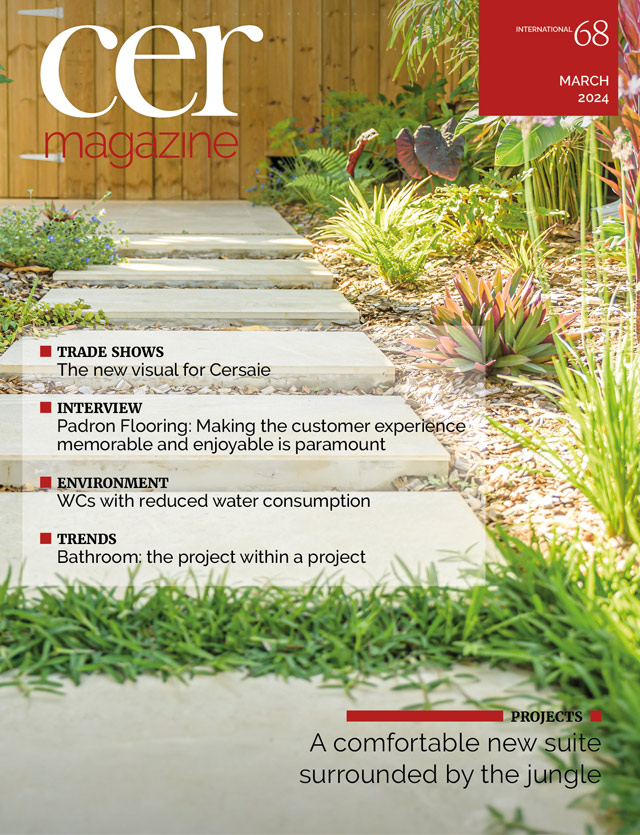The project within a project
(March 2024) | In bathroom design projects, architects and interior designers often find themselves with little choice but to opt for custom-made furnishings and accessories due to either space limitations or questions of personal taste. At the same time, design professionals are adopting an increasingly holistic approach to their projects, treating traditionally utilitarian spaces like the bathroom with the same attention to detail as living and sleeping areas. “For designers working on renovations and interiors, bathrooms represent a kind of project within a project,” says architect Tommaso Giunchi. “Although these rooms are often just a few square metres in size, they have to accommodate a large number of elements including materials, surface coverings, taps, towel warmers, sanitaryware, accessories, colours and furnishings. Here, perhaps more than in any other room in the home, custom design is essential for making optimal use of the available space. Even once standard items like the sanitary fixtures now come in a variety of sizes to cater for different spatial and stylistic requirements. Everything tends to be meticulously designed, coordinated and made-to-measure to ensure an aesthetically appealing and personalised final result. Customers are increasingly in search of unique projects, and companies are responding by offering non-standard but customisable elements as well as larger versions of certain units.”
Producers have adapted to the increasingly specific demands of designers and end customers by expanding their product ranges and adopting two similar but slightly different approaches: modularity and compatibility. If a bathroom furniture collection is organised around the concept of repetitive modules, then it will be possible to design a bathroom simply by combining multiple elements. If on the other hand a collection offers a wide range of mutually compatible accessories and versions, then a customised bathroom will be composed of different pieces that fit together perfectly like a jigsaw puzzle.
Style is another important aspect. To cater to aesthetic preferences ranging from minimalist to eclectic, companies offer different colour versions and different finishes in terms of texture, tactility and gloss or matt surfaces.
One final observation is that end customers are now much better informed than in the past and tend to know what they want. They have greater freedom of choice and in many cases opt for a fully customised bathroom. “Customers’ tastes and needs have become much more sophisticated now that they have so many different examples and design solutions at their fingertips,” concludes Tommaso Giunchi.













